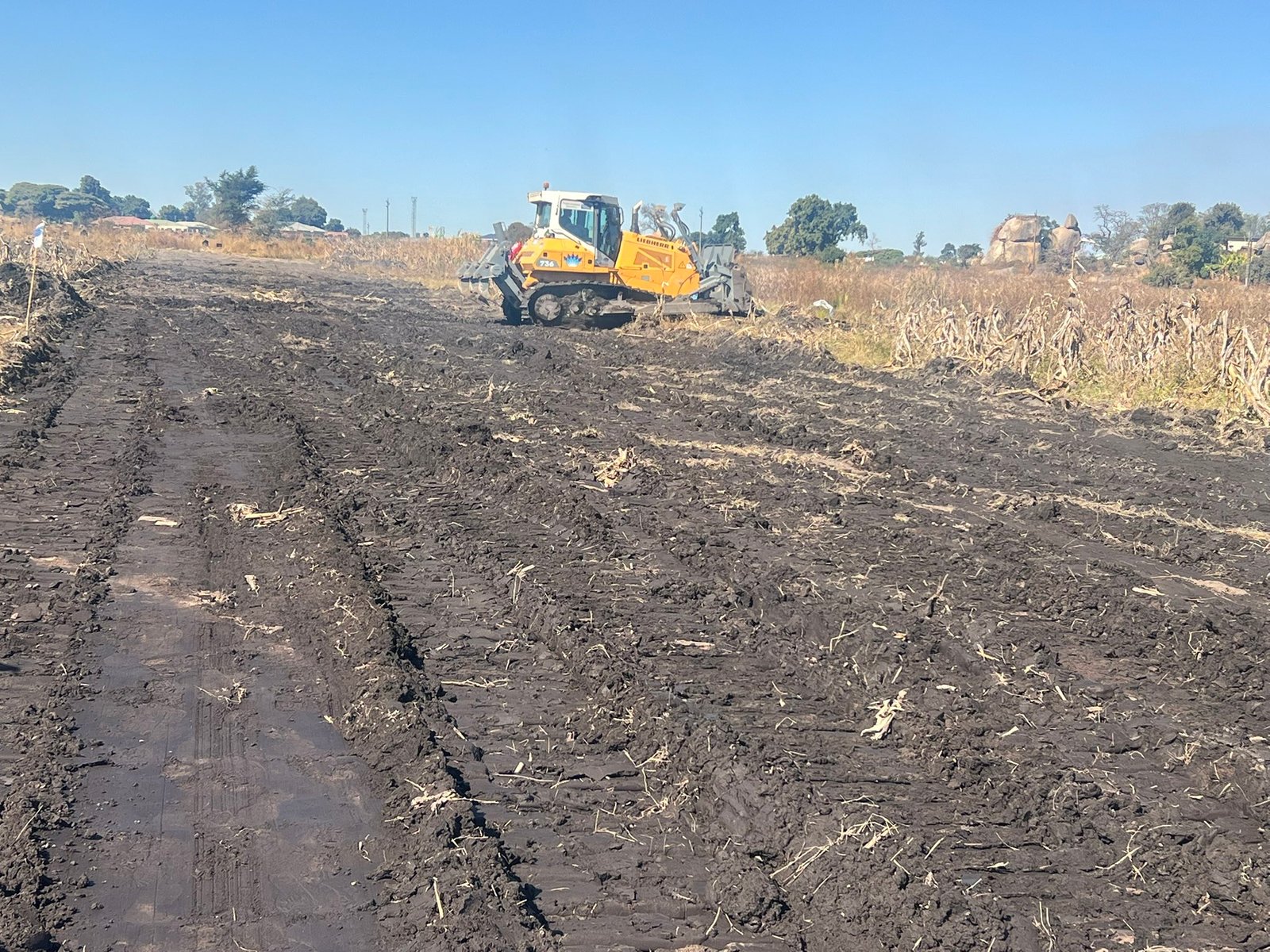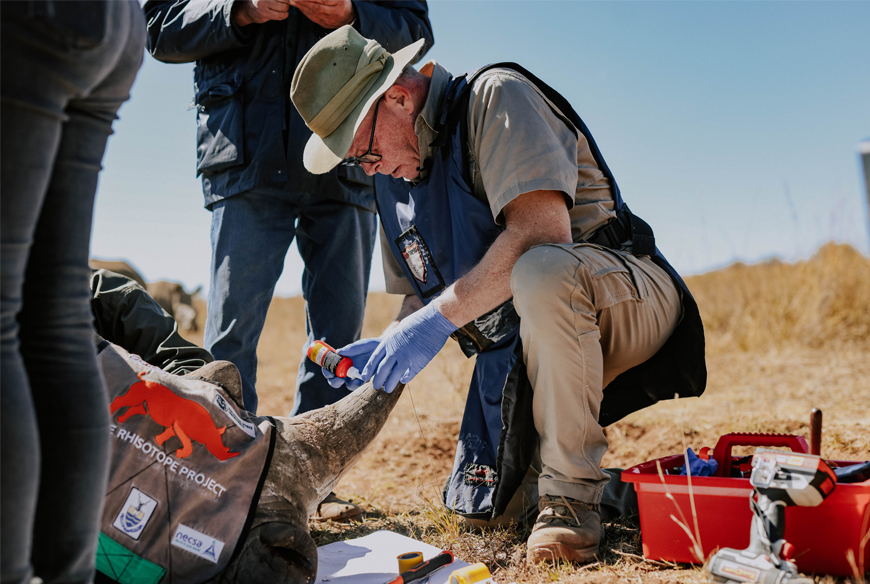The Zimbabwean government has proposed a budget of US$250 million to establish an emergency fund dedicated to rehabilitating the ageing sewer reticulation system in Harare and its surrounding towns.
This initiative comes in response to alarming reports regarding the ecological state of Lake Chivero, where authorities have revealed that an estimated 415 megalitres of raw and partially treated sewage are discharged into the water body daily.
The lake, which once boasted a depth of 27 metres, has now diminished to just 20.7 metres due to sediment accumulation, threatening aquatic life and biodiversity.
In light of these challenges, ongoing research is focused on biological remediation techniques, including the use of effective microorganisms, to restore contaminated areas within Lake Chivero.
During a media briefing session in Harare recently, Environment, Climate, and Wildlife Minister Dr. Sithembiso Nyoni announced that efforts are underway for a budget of US$250 million to address the urgent situation at Lake Chivero and to upgrade the ageing wastewater management systems in Ruwa, Chitungwiza, and Harare.
Dr. Nyoni stressed that the government has made significant progress in assisting the Harare City Council with the rehabilitation of its water system, despite the considerable challenges posed by the environmental crisis at Lake Chivero.
“US$250 million has been set in motion to address the current situation at Lake Chivero and revamp ageing wastewater management systems in Ruwa, Chitungwiza and Harare.”
“This situation not only endangers biodiversity but also affects local communities’ dependence on the lake for water and livelihood.
“The Ministry of Environment, Climate and Wildlife is committed to addressing these challenges collaboratively with stakeholders to restore and preserve this critical ecosystem for future generations,” she said.
The Minister Nyoni says that as the population grows, more untreated or partially treated sewage is being released into Lake Chivero. Each day, 415 megalitres of this waste are dumped into the lake, which is dangerous for people’s health and harmful to wildlife.
“Increased effluent discharges from urban, industrial and agricultural sources have led to heightened levels of heavy metals, nitrates, phosphates and toxic cyanobacteria in the water, resulting in hazardous conditions for both aquatic and terrestrial wildlife.
“An estimated 415 megalitres of raw and partially treated sewage are discharged daily, resulting in ecological degradation and heightened public health risks,” she said.
“The proliferation of harmful algal blooms has led to increased mortality rates among key species, including fish, rhinos and various bird species, jeopardising the balance of the ecosystem.”





